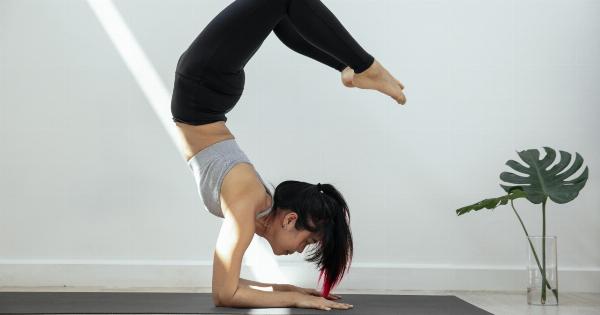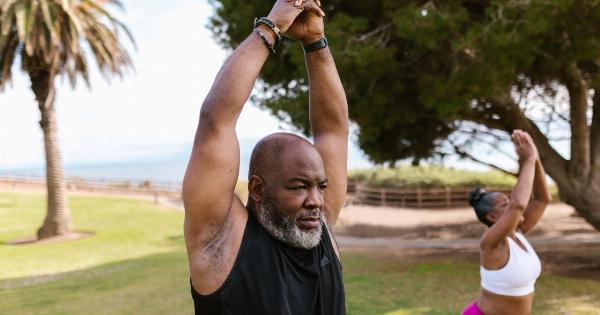Are stress and anxiety taking a toll on your mental and physical well-being? If you find yourself struggling to find a sense of inner peace, incorporating meditation into your daily routine can work wonders.
Meditation is a powerful practice that allows you to calm your mind, relax your body, and improve your overall sense of well-being. Whether you’re new to meditation or have dabbled in it before, these five tips will help you establish a strong foundation for a successful meditation practice.
1. Find a Quiet and Comfortable Space
One of the key elements of meditation is finding a quiet and comfortable space where you can fully focus on your inner self. The environment plays a significant role in creating a soothing ambiance for your practice.
Look for a calm room in your house or find a secluded spot outdoors. Ensure that the space is clean, clutter-free, and well-ventilated. Create a cozy atmosphere by using soft lighting, cushions, or a meditation chair to support your posture.
2. Set Aside Dedicated Time
Meditation requires dedication and commitment. Set aside a specific time each day for your practice, preferably during the early morning or before bedtime when distractions are minimal. Consistency is crucial.
Start with shorter sessions, like 5-10 minutes, and gradually increase the duration as you become more comfortable. By committing to regular meditation, you cultivate a habit that becomes an integral part of your daily routine.
3. Focus on Your Breath
One of the simplest and most effective ways to begin your meditation practice is by focusing on your breath. Close your eyes, take a deep breath in, and slowly exhale. Pay attention to the sensation of your breath as it enters and leaves your body.
Notice how your chest rises and falls with each breath. Whenever your mind wanders, gently bring your focus back to your breath. This conscious breathing technique helps quiet the mind and brings about a sense of stillness and relaxation.
4. Practice Mindfulness
Mindfulness is an essential aspect of meditation. It involves being fully present in the current moment and observing your thoughts, feelings, and bodily sensations without judgment. As you meditate, thoughts or distractions may arise.
Instead of getting caught up in them, practice acknowledging them and letting them go. Cultivate a sense of non-attachment to your thoughts and gently bring your attention back to the present moment. By practicing mindfulness, you learn to remain calm and centered, even in the face of chaos.
5. Start with Guided Meditations
For beginners, guided meditations are a great way to ease into the practice. Guided meditations are pre-recorded sessions led by experienced meditation teachers or available as smartphone apps.
These sessions provide step-by-step instructions, helping you stay focused and directing your awareness toward specific aspects such as body scans, loving-kindness, or gratitude. Gradually, as you become more comfortable with meditation, you can transition to unguided or silent meditations.
Conclusion
Incorporating meditation into your daily routine can bring about numerous benefits for your mental, emotional, and physical well-being.
By finding a quiet space, setting aside dedicated time, focusing on your breath, practicing mindfulness, and starting with guided meditations, you establish a strong foundation for your meditation practice. Remember, progress comes with consistent effort and patience. With regular meditation, you’ll cultivate a sense of peace and serenity, allowing you to navigate life’s challenges with grace and equanimity.





























